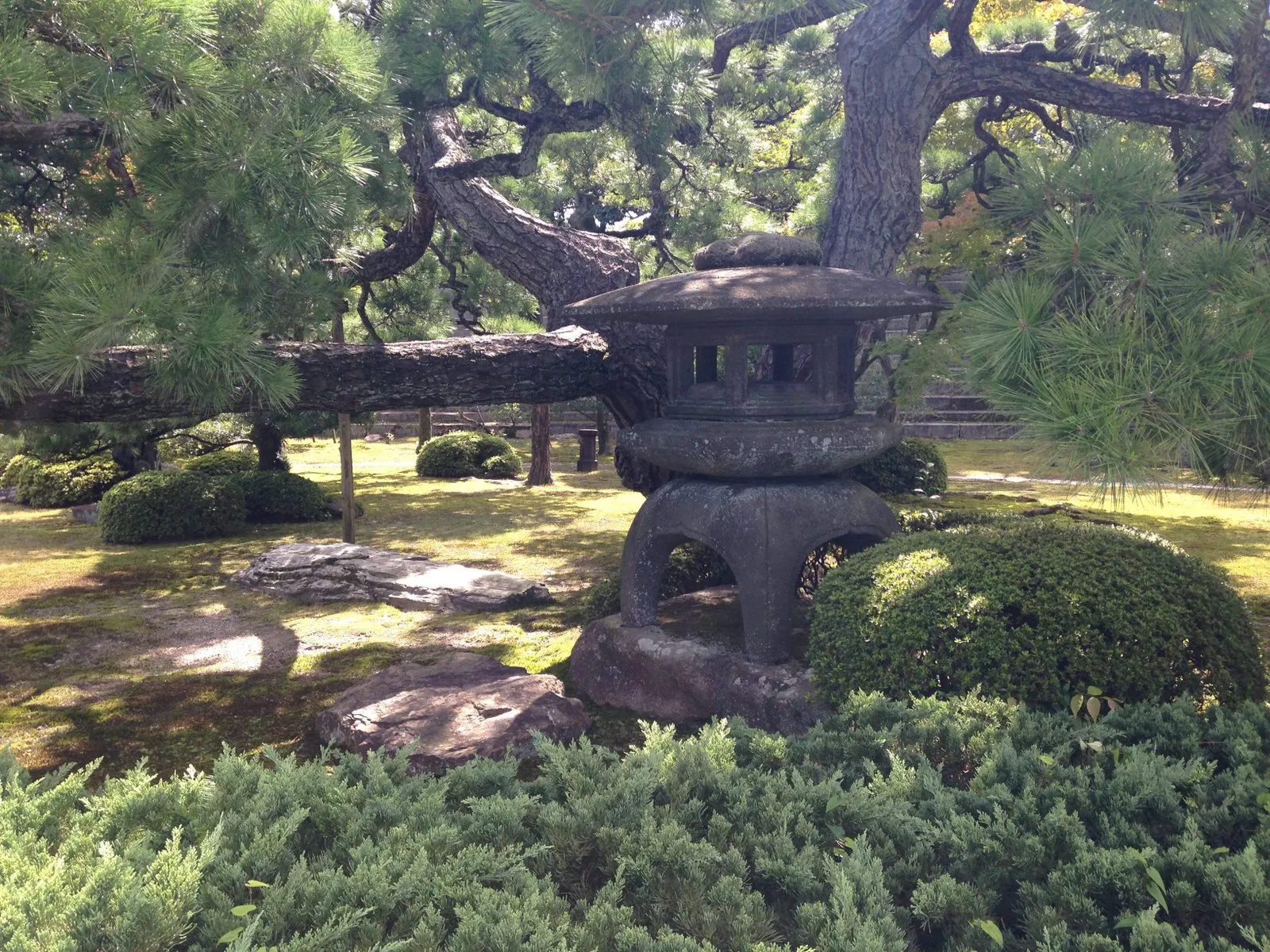

Honmaru Garden / Nijo Castle
The Honmaru Garden at Nijo Castle is an example of traditional Japanese garden beauty and has deep cultural significance in its history and structure. Located in the Honmaru, the most important area within Nijo Castle, the Honmaru Garden has maintained its beauty from the early Edo period to the present day. The garden is considered to be a fusion of the grandeur of the Momoyama period and the refined garden culture of the Edo period, and has deeply impressed visitors. The origin of the garden dates back to 1626, when Tokugawa Iemitsu renovated Nijo Castle to welcome Emperor Gosui. At that time, the gardens within the castle were also extensively improved. Later, after the Meiji Restoration, the garden at the castle underwent several renovations, but the original design remains strong. The garden was designed as a pond garden, with rocks and trees surrounding a central pond, creating an atmosphere of a condensed natural landscape. The main feature of the Honmaru Garden is the beauty of its masonry. These stones are carefully placed and serve to symbolize the strength and harmony of nature. Bridges and paths around the pond are designed to allow visitors to enjoy the changing scenery. The plants in the garden also show different expressions in each season, allowing visitors to enjoy the seasonal beauty of the garden. Furthermore, the Honmaru Garden is also an important historical site. Important events in Japanese history took place at Nijo Castle, including the period of upheaval at the end of the Edo period and the transition to the Meiji government. Along with these events, the Honmaru Garden has also served as part of a reflection of the changing times. Today, the Honmaru Garden is highly valued for its cultural and historical value, allowing visitors to experience the beauty and depth of history of Japanese gardens.